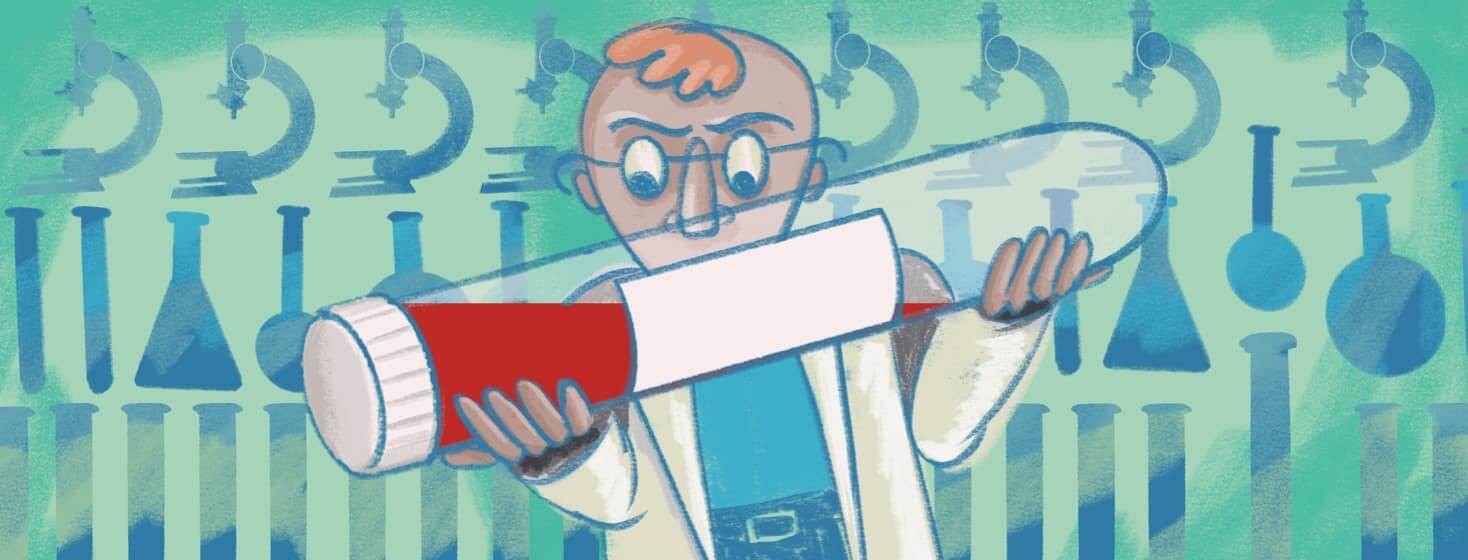Lab-Grown Blood Research and Sickle Cell Disease
In late 2022, for the first time, scientists transfused lab-grown red blood cells into a person who was not the original cell donor. This exciting clinical trial in the UK could be the first step in creating better treatments for people with blood diseases, including sickle cell disease (SCD).1,2
What is the RESTORE trial?
Researchers in the RESTORE clinical trial have been creating red blood cells in the lab. These researchers used stem cells from donors to create the red blood cells. They then infused the red blood cells they created into volunteers. This is the first time that cells grown in a lab were given to a person who did not donate the original stem cells.1,2
As the trial continues, the researchers will transfuse small doses of cells – 5 to 10 milliliters, or about 1 to 2 teaspoons of blood – into each person. So far, 2 people have received the lab-grown blood cells. They have had no side effects from the transfusion. The study calls for at least 10 people to receive these cells. Doctors will monitor these study subjects closely.1,2
What are the researchers looking for?
One of the goals of the RESTORE study is to find out whether lab-created cells last longer in the body than blood cells from regular transfusions. All the study subjects will get the small transfusion of lab-created red blood cells. Then, 4 months later, they will get a small transfusion of regular blood cells.2
Researchers have marked both doses of blood cells with a tracer element. They will use these tracer elements to track the cells through each person's body. Doctors will test the study subjects regularly to see which blood cells last longer.1
Currently, doctors believe the lab-grown blood cells will last longer because they are all new. When people get a standard blood transfusion, it is a combination of cells of all ages. This means that some of the cells will die sooner, and some will last longer.2
How could RESTORE help people with SCD?
If these lab-grown cells last longer in a person’s body, then people with chronic blood diseases like SCD may need fewer blood transfusions.2
Also, some people with SCD have reactions to blood transfusions. Those who get regular transfusions can develop antibodies against certain proteins, or factors, in blood. This can make transfusion difficult and possibly cause serious reactions.2
If doctors can grow blood cells from donor cells, they may be able to make cells that are safe to transfuse on a regular basis. This would be a huge help for people who currently can get only a limited number of transfusions.2
Other things to know
The RESTORE trial is still in the early stages. Researchers will need to continue to make sure that lab-created cells have no negative short-term or long-term effects on people. They will also need to re-create the study safely on a much larger scale before lab-created blood will be able to be used widely for treatment.1
However, this study does offer hope for people living with blood disorders. Keep an eye out for future developments around this study and the treatments that may emerge as a result.

Join the conversation